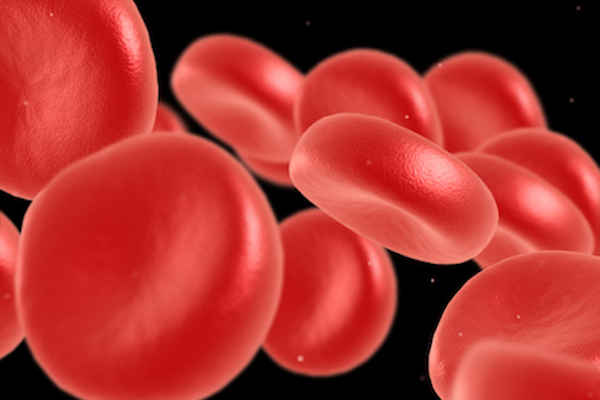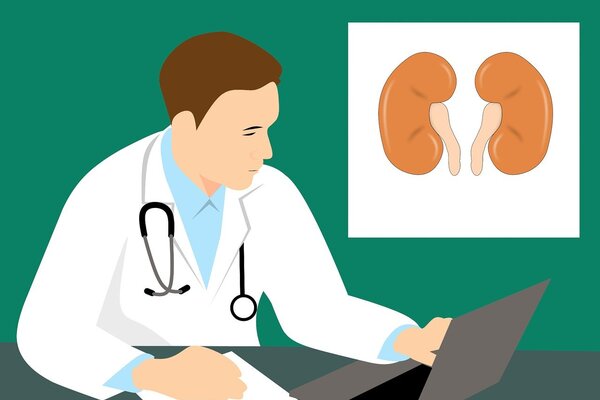Acute lymphocytic leukemia (ALL), also called acute lymphoblastic leukemia, is a cancer that starts from the early version of white blood cells called lymphocytes in the bone marrow.
Leukemia cells usually invade the blood fairly quickly. They can then spread to other parts of the body, including the lymph nodes, liver, spleen, central nervous system and testicles. Other types of cancer can start in these organs and spread to the bone marrow, but these are not leukemia.
The term acute means that the leukemia can progress quickly, if not treated it would probably be fatal within a few months.
Lymphocytic means it develops from immature forms of lympocytes, a type of white blood cell. This is different from acute myeloid leukemia.
There are many types of leukemia, these differ based on the types of cells they start in, how quickly they grow, which people they affect and how they are treated.
In acute leukemia the bone marrow cells cannot mature properly. Immature leukemia cells continue to reproduce and build up. Some types of acute leukemia respond well to treatment and many patients can be cured. Other types have a less favourable outlook.
There are only a few known risk factors for ALL.
Radiation exposure
Certain chemical exposures
Certain viral infections
Inherited syndromes
Race/ethnicity
Gender
Having an identical twin with ALL
Some people with ALL have one or more of the known risk factors, but most do not. The cause of their cancer remains unknown at this time.
Most people who get ALL have no known risk factors, so there is no way to prevent leukemia from developing.
There are no special tests that detect ALL early. The best way is to report any possible signs or symptoms to the doctor straightaway.
ALL can cause many different signs and symptoms.
Feeling tired
Feeling weak
Feeling dizzy or lightheaded
Shortness of breath
Fever
Infections that don't go away or keep coming back
Bruising easily
Bleeding (frequent or severe nosebleeds and bleeding gums)
Weight loss
Fever
Night sweats
Fatigue
Loss of appetite
Swelling in the abdomen
Enlarged lymph nodes
Bone or joint pain
Of course, these are not just symptoms of ALL and are more often caused than something other than leukemia.
Tests will be carried out to confirm the diagnosis. Doctors study the patient's medical history and perform a phycical exam, other tests include blood test, bone marrow test, chromosome testing, lumbar puncture, lymph node biopsy, imaging tests, x-ray, CT scan, MRI scan, ultrasound, Gallium and bone scan.
Treatment options for each patient are based on the leukemia subtype as well as certain prognostic fewatures.
The main types of treatment used for ALL are:
Chemotherapy
Targeted therapy
Stem cell transplant
Other treatments may include:
Surgery
Radiation therapy
Monoclonal antibodies
Treatment typically lasts about 2 years, and needs to start very soon after it is diagnosed.
Information summarised from www.cancer.org
For more information see:









